‘Photography is truth. Cinema is truth 24 frames per second.’1 Godard’s influence on the French new Wave movement was vast, with films such as ‘Vivre Sa Vie’, (1962), and ‘A Woman is a Woman’, (1961): films that explore the more underground and bleak backstories of characters, applying this to audience’s real lives. His most memorable piece, however, came out in 1960 and started this trend of his films embodying more dark-sided crime stories- this film was called ‘Breathless’, and detailed the goofy, crime accompanied romance between a criminal and his American lover. Its influence on cinema spread vastly, and this study will examine its influence on later 90s French Cinema, where much of French New Wave’s techniques and conventions were replicated. The 1990s ‘young realists’ movement took from French New Wave immensely, especially its reference of crime and normalisation of darker themes such as drug use which though rarely appeared in French New Wave films, carried the same effects as a character casually carrying a gun around Paris as Patricia does.2 This study will compare the conventions of French New Wave between the classic ‘Breathless’ by Godard, and the young realist film ‘La Haine’, (1995), by director Kassovitz. The two films compare mainly in 3 distinct attributes that will be addressed: Cinematography and Style, Themes and Narrative and finally sound and editing.
Category Archives: Uncategorized
Filters
Research question
How has German Expressionism impacted on the themes and style of Neo Noir Films?
I will be using the films The Cabinet of Dr a Caligari and Batman Returns
topic area is German expressionism and Neo Noir
What’s the French New Wave approach to film making? Left and Right Bank approach?
Key narrative and technical conventions of the French New Wave approach to film making
- Shot on location (authentic backgrounds and natural lighting)
- Non-professional actors
- Innovative camera techniques e.g. hand-held camera for intimate shots
- Jump cuts/fast paced editing
- Close ups on face
- Often focused on topics such as: religion, class struggle, sexuality, and youth culture.
- Improvisations
- Improvisation during shooting
- Breaking the forth wall
- Broke traditional narrative structures/reject “Old Hollywood” style
- Auteur theory

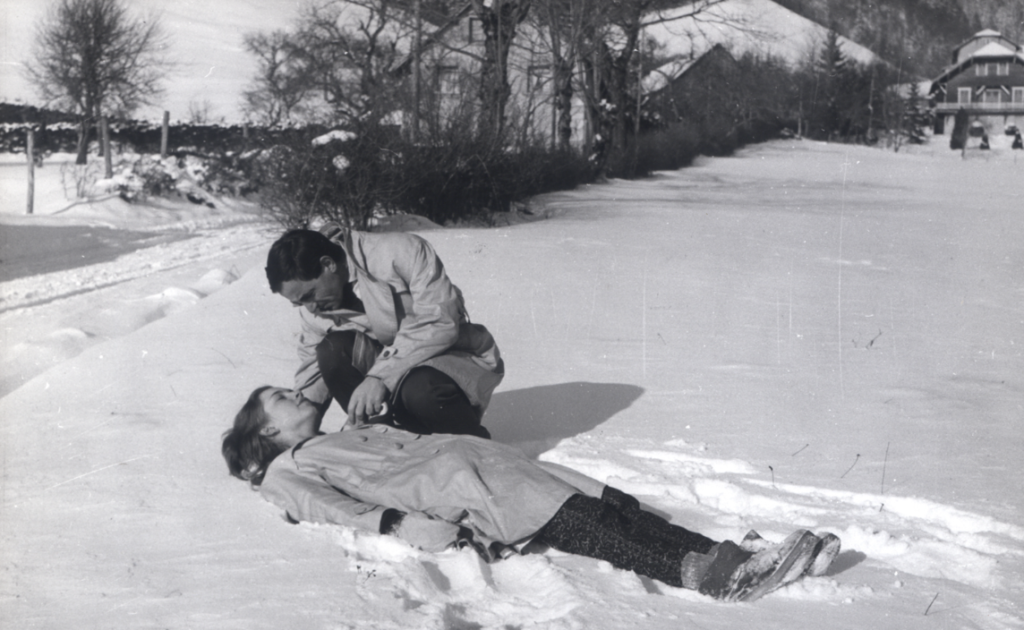

What’s the difference between the Left and Right Bank approach?
“Left bank” older and less tightly linked one of the major left bank film makers was Agnes Varda and Chris Marker, arguable the most experimentative with his 1962 film La Jetée consisting of only still images. Whereas, the “Right Bank”/Cahiers du cinéma consisted of directors such as Francois Truffaut and Jean-Luc Godard. However the groups were not in opposition and instead praised one another.
The Soviet Fine Art Movement


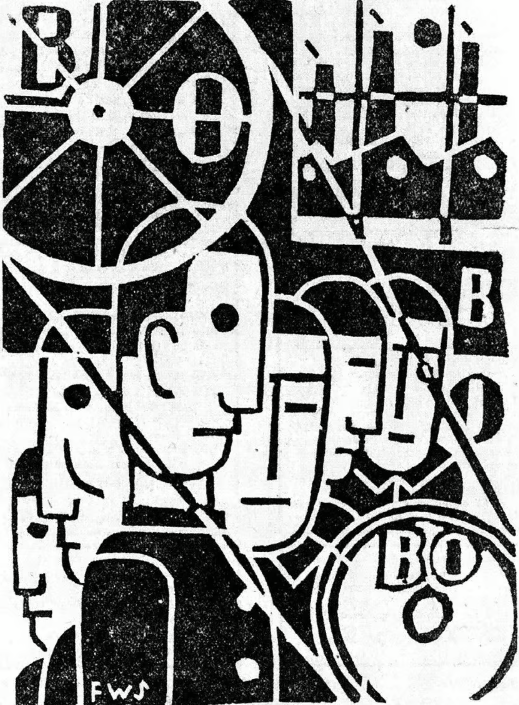
The Soviet Constructivism art movement is known as originating from a position of anti-art, where Russian artists began to reject the conventional frameworks of elite-art. Constructivists used stripped down, geometric forms and used practical instruments, such as rulers and compasses, to achieve this style. Sans-serif fonts and the dominance of red and black also stick out as clear conventions of this movement.
Constructivist art aimed to reflect modern industrial society and urban life. The movement rejected the abstract and over-stylisation of art, in favour of the industrial and symmetrical appearance of real life architecture in Russia.
The Rise of the Soviet Union
“Of all the arts, for us cinema is the most important.”
-Lenin (founding head of government of Soviet Russia from 1917 to 1924)
The Soviet Union had its origins in the Russian Revolution of 1917 after leftist revolutionists overthrew Russia’s Czar Nicholas II. However, the Soviet Union was only instated after the defeat of the White Army during the Russian Civil War in 1922.

Soon after the rise of the Soviet Union, cinema was utilised as a propaganda machine to achieve and maintain power over the public. It also allowed the political ideologies of the party to resonate with the the workers of Russia, as the general public would have watched the movies for entertainment purposes; this allowed many of the underlying themes of the propaganda films to be unconsciously idealised.
Classic French New Wave Films
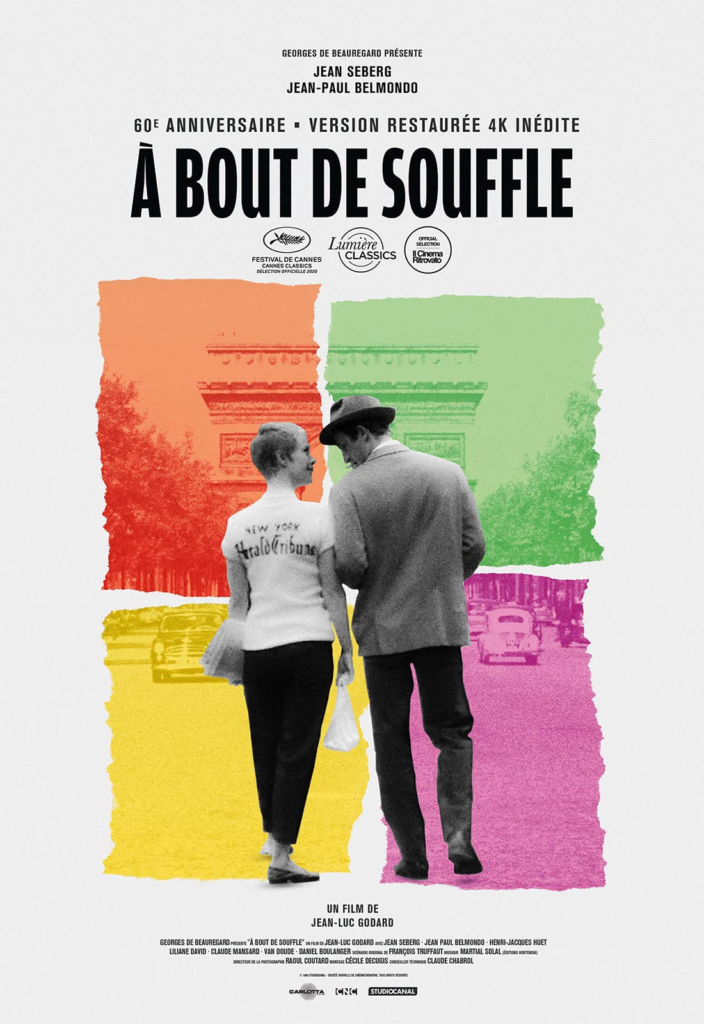
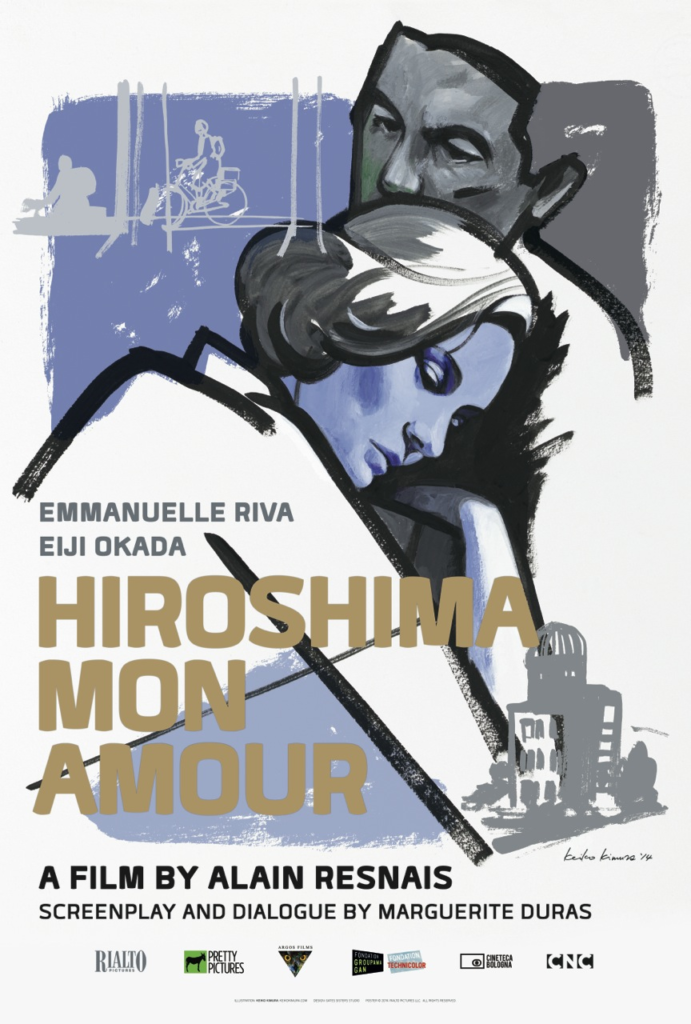

What Astruc meant by ‘Auteur’ and examples of films from the movement
Alexandre Astruc, noted the significance of directors in filmmaking, finding that directors shared their own perspective through use of lighting, camerawork, staging, editing, and the story. Calling this concept “auteurism,” deriving largely from Astruc’s explanation of the concept of caméra-stylo (“camera-pen”), where the director, who oversees all audio and visual elements of the motion picture, is more to be considered the “author” of the movie than is the writer of the screenplay.

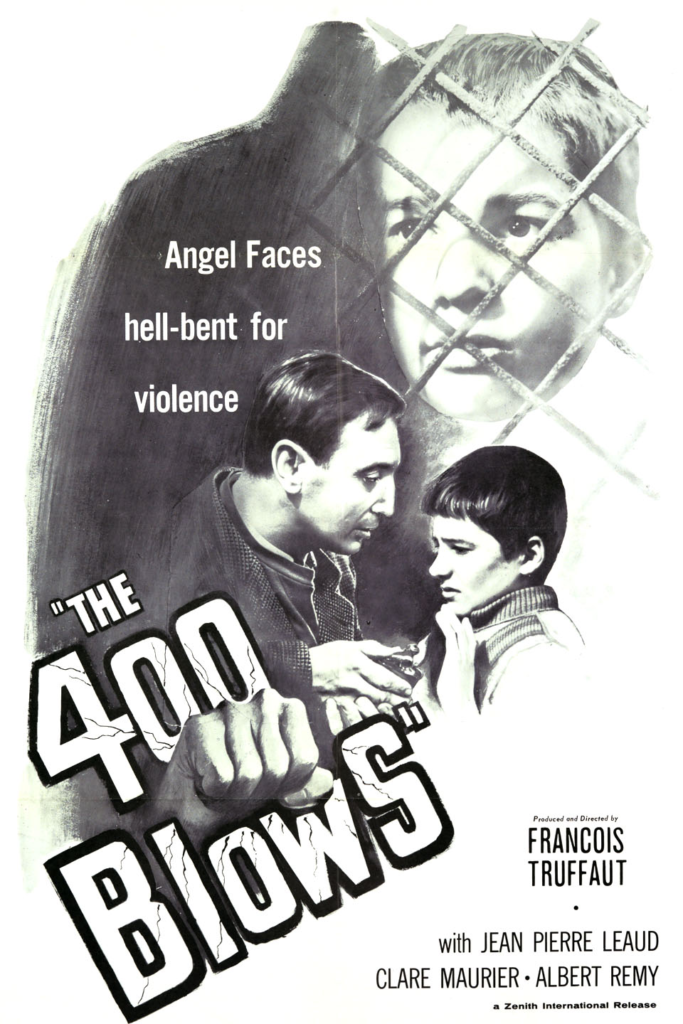
Classic French New Wave Film



French New Wave- Auteur
Auteur theory is the idea that the director is like the “author” of the film, with full control over the film making process, rather than the studio or the writer. Auteurs should have a unique style and trademark to their films, which makes the film unmistakable as one of their own.
Films cited by the movement as being made by auteurs:



French New Wave Task 3
Key narrative + technical conventions of the French New Wave approach to film making. Left & right bank approach.
Some narrative and technical conventions of the French New Wave are:
- Discontinuity editing;
- Focus on the characters emotions and portraying them through the character’s absurd dialogue;
- No establishing shot- action in a scene starts with “in media res”;
- No master shot, hard to tell positions of characters;
- jump cuts are left in
- Use of long take
- Real locations
- Black and white
- Actors break the forth wall- extra diegetic gaze
- Extreme close ups for aesthetic purposes
In film, the left bank group embraced a loose association of writers and film-makers that consisted principally of the directors Chris Marker, Alain Resnais, and Agnès Varda. They had in common a background in documentary, a left wing political orientation, and an interest in artistic experimentation.
The “right bank” group is constituted of the more famous and financially successful New Wave directors associated with Cahiers du cinéma (Claude Chabrol, François Truffaut, and Jean-Luc Godard). Unlike the Cahiers group, Left Bank directors were older and less movie-crazed. They tended to see cinema alike to other arts, such as literature.